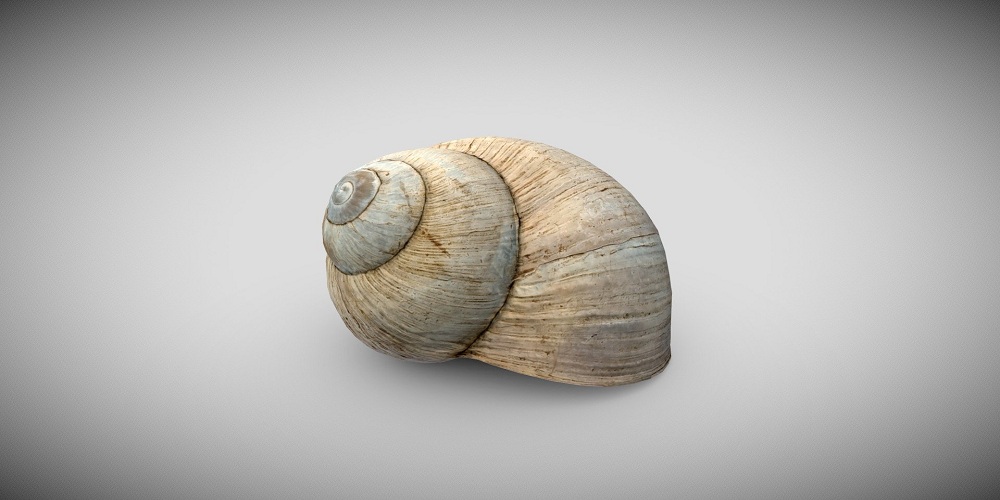For centuries, the operculum shell has been a source of fascination among marine biologists and ocean lovers alike. Despite its delicate beauty, the operculum shell is actually quite strong and serves an important purpose in the lives of many mollusks in the wild. In this blog post, we’ll take a closer look at the structure and function of this amazing adaptation.
At first glance, an operculum shell may appear unassuming. It can range from merely 2 millimeters to as long as 10 centimeters in length, depending on the species of mollusk it belongs to. The outside is usually smooth or covered with small bumps and ridges, often ranging in color from cream or light brown to bright yellow or green.
Operculum Shells – The Fascinating Thing
Do you know what’s most fascinating about operculum shells? Their intricate inner structures! When you crack open one of these shells, you will find a complex network of tiny chambers inside that aid in various functions for their respective mollusk hosts.
For example, some species, like scallops, use their operculum as pressure valves that help them move quickly through water by forcing out jets of water when they’re under threat. Other species, like clams, rely on their operculum to make sure no moisture escapes while they filter-feed on plankton and other microscopic organisms in the water around them.
The benefit of having Operculum Shells
In addition to all these functions, another benefit of having an operculum shell is protection against predators; some species, like octopuses, have been known to attack clams and other mollusks but can’t break into their shells due to the strength provided by these small adaptations.
And because many species live in burrows beneath sand or mud near shorelines or reefs where food sources are plentiful, having an operculum shell can serve as an extra layer of defense against waves and currents, along with providing camouflage from any potential predators lurking nearby.
When it comes down to it, having an operculum shell is a true marvel of evolutionary adaptation; without them, many different species would not be able to survive long enough to reproduce and spread throughout our oceans today! From aiding mobility to providing protection from predators – there really isn’t anything else quite like them out there!
Operculum shells offer an additional advantage by helping these creatures camouflage themselves within their environment due to their coloration matching closely with their surroundings. This helps them blend into their natural habitat, making them less visible to potential predators as well as aiding them in locating food sources nearby without being detected first.
Evolvement over the Time
Operculum shells have evolved over time as one of nature’s amazing adapted structures enabling various species of mollusks to survive in harsh terrestrial and aquatic environments where resources may be scarce and competition fierce for survival.
Conclusion
Through its ability to provide protection from external dangers as well as helping with locomotion and camouflage, the operculum shell has allowed various species of snails, clams, oysters, etc., not only survive but also thrive throughout history despite many challenges posed by Mother Nature herself!

